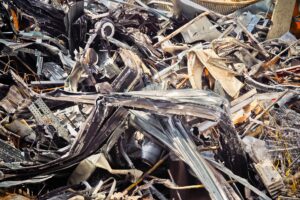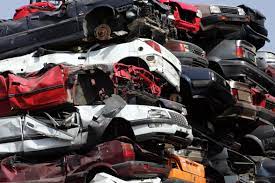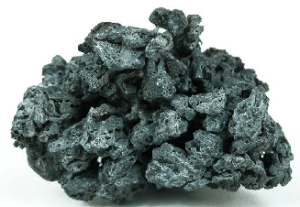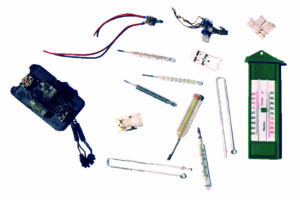Metals

Metal recycling has a long tradition as metals can be easily melted and reshaped. To be recycled however, metals may not contain other substances as for instance greases, plastics, rubber, wood, etc.
Before recycling, vehicles have to be cleaned, thus all operating liquids (fuel, oil, brake and cooling liquids) have to be removed, lead accumulators be taken out and tires dismounted. For larger quantities of non-iron metal a separate collection is recommended as the waste recipient is paying more for metals.
After removal of possible third substances, metals are shredded and used in steel works (iron metal) or other non-iron metal works (non-iron metals) for the manufacturing of new products.

Metals
Metal recycling has a long tradition as metals can be easily melted and reshaped. To be recycled however, metals may not contain other substances as for instance greases, plastics, rubber, wood, etc.
Before recycling, vehicles have to be cleaned, thus all operating liquids (fuel, oil, brake and cooling liquids) have to be removed, lead accumulators be taken out and tires dismounted. For larger quantities of non-iron metal a separate collection is recommended as the waste recipient is paying more for metals.
After removal of possible third substances, metals are shredded and used in steel works (iron metal) or other non-iron metal works (non-iron metals) for the manufacturing of new products.









